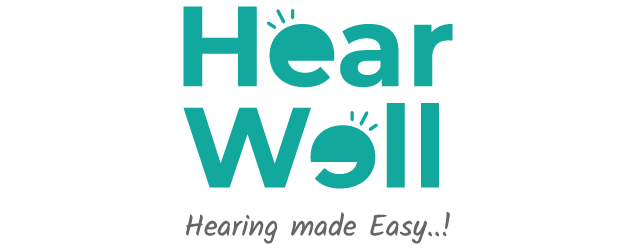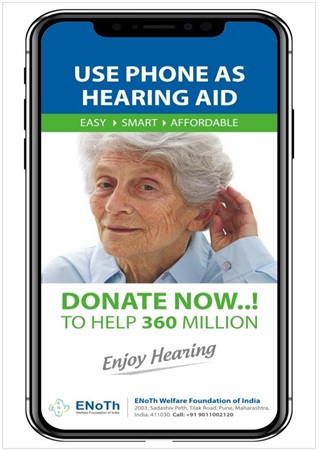

A SIMPLE SOLUTION FOR PEOPLE WITH HEARING LOSS
Our current research project is to develop affordable devices for patients with hearing loss. In 2012, WHO released new estimates on the number of people with of disabling hearing loss from 42 population-based studies. The estimates were :
Hearing aids are expensive. Good hearing aids range from a little under $1000 to more than $4000 depending on the technology. The high price tag creates a barrier to get the help and the relief hearing aids provide. But it does not have to be this way. Hearing is one of the most important senses and it needs to be preserved. So we designed a device that will be less than $100 and can be used as easy easily as reading glasses. Patients with hearing loss will comfortably use it in social settings since it will replace 'hearing aid'. This will benefit millions of patients with hearing loss all over the world
We have a patent pending for this technology. This technology is being developed by a team of technicians, software developers, expert audiologists and ENT physicians from all over the world. We hope to launch this affordable and accessible device in markets soon!
APPROACH
For bringing the cost of quality hearing aid down, particularly in developing countries, the most effective method is developing solutions over smartphones, which is a commodity hardware.
Smartphones - (1) Are cheap but powerful piece of hardware, (2) Have sophisticated software mechanisms for data processing and user interaction, (3) Are connected to the Internet and can help leverage the power of Cloud Computing, and (4) Most importantly, have a small form factor.
We are working towards developing a smartphone-based hearing aid solution that would be affordable, easy to distribute and easy to upgrade.
Affordability - Our smartphone based hearing-aid solution would most likely take the form of an Android or IOS app. The cost would only have software as the primary component, thus considerably driving down the final price point.
Ease-of-distribution - Everybody owns smartphones these days, hence distribution essentially means launching the hearing aid app on Android & IOS store and publicizing it.
Ease-of-upgrade - Android & IOS stores also provide sophisticated mechanisms for app upgrades. We will utilize those to our advantage.
DESIGN GUIDELINES
We believe that following are the characteristics of a good hearing aid :